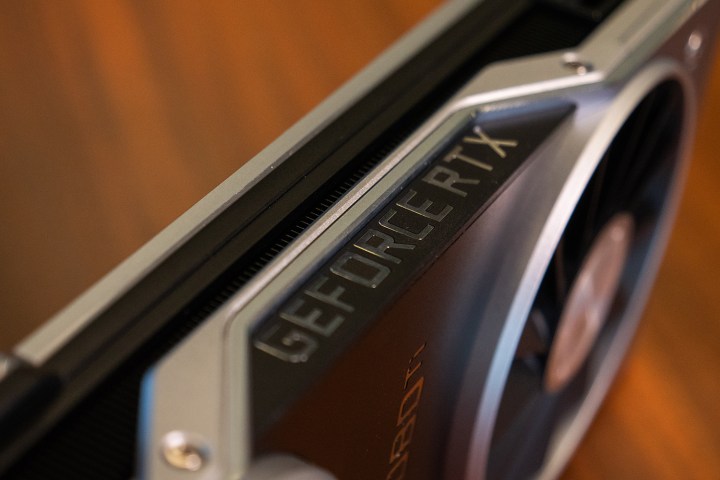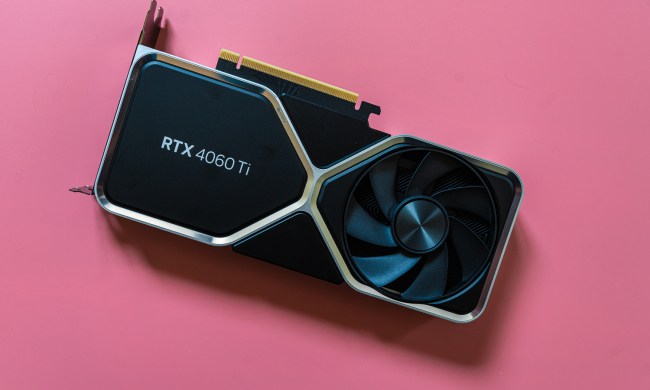
The Max-Q mobile iteration of the RTX 2080 will maintain its full complement of CUDA cores and memory bandwidth, but Nvidia has had to take an axe to its clock speed to make it viable for laptop thermals and power requirements. The RTX 2080 Max-Q has a clock speed that’s 600MHz lower when boosted than its desktop counterpart.
Nvidia’s RTX 2080 is one of the most powerful consumer graphics cards available today, capable of performance that in certain cases outstrips that of the last-generation powerhouse, the GTX 1080 Ti. It’s not bad at ray tracing either in the right games. It also has a 35W TDP increase over its predecessor, the GTX 1080, so getting it into a form that’s going to stay cool enough within a laptop isn’t easy. That’s where Nvidia’s Max-Q designs typically step in, but in the case of the GTX 2080 it has had to make some significant cut backs.
Fortunately, that doesn’t come in the form of CUDA cores, with the RTX 2080 Max-Q still sporting the same 2,944 of the desktop GPU. However, as NotebookCheck reports, the clock speed has taken a big hit. Where the desktop RTX 2080 has a base clock of 1,515MHz and a boost clock of 1,710MHz, the RTX 2080 Max-Q has a base clock of just 735MHz, and a boost clock of 1,095MHz.
That’s a far greater drop in frequency than we saw with the last-generation GTX 10-series graphics chips. The GTX 1080 has a desktop boost clock of 1,733Mhz, while its Max-Q counterpart could still reach 1,468MHz. It also maintained all of the CUDA cores of the desktop version.
The RTX 2070 Max-Q design has also seen a big limit pushed on its clock speed, dropping from the desktop version’s 1,410/1,620Mhz base/boost clocks, to 885/1,185MHz.
Nvidia has released the specifications of a less constrained RTX 2080 for laptops, with a boost clock that reaches 1,590MHz, but the thermal design power (TDP) requirements are almost double that of the Max-Q variant, so will need significantly greater cooling to operate with the same stability.
This boils down to an upcoming generation of laptops with Nvidia graphics chips that will vary significantly in their capabilities depending on the build and cooling of the




